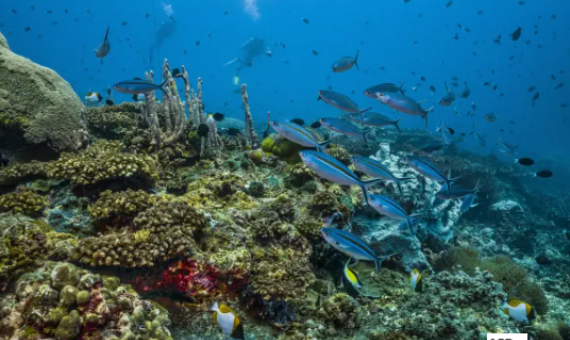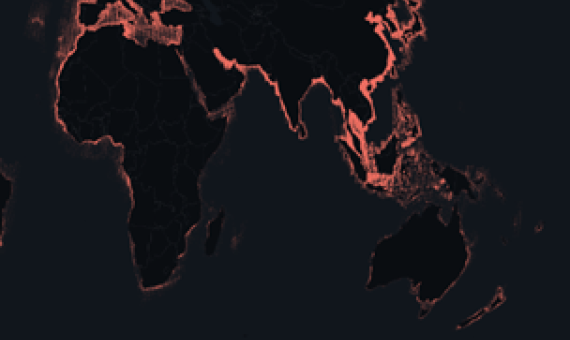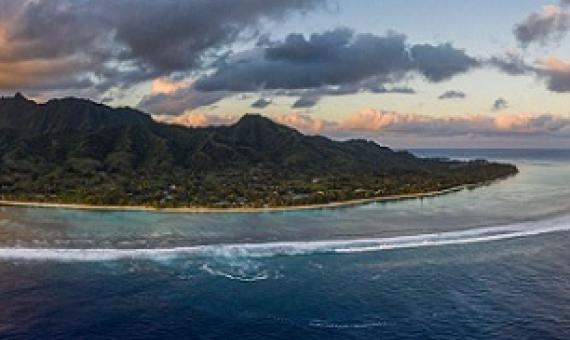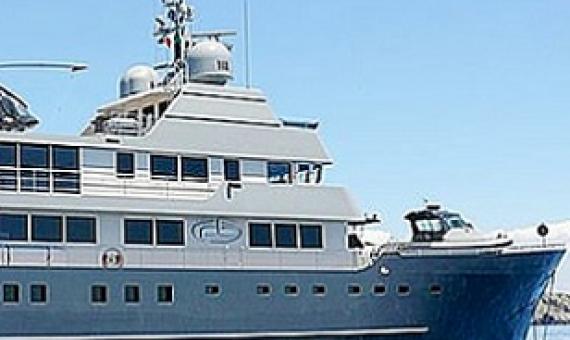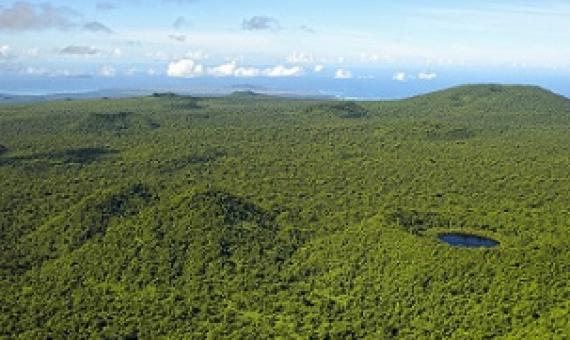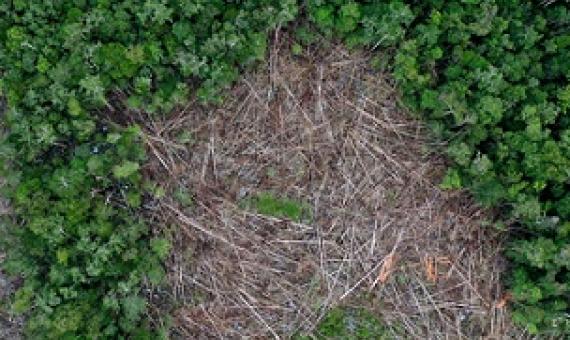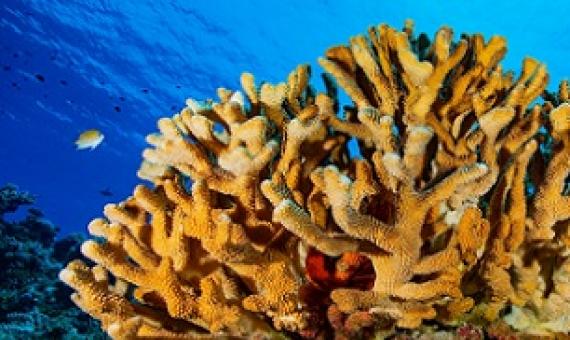A new project aims to close the existing gap on Pacific Ocean data. New Zealand Geographic and the Cawthron Institute have launched Citizens of the Sea, aiming to map the health and biodiversity of the Pacific at a larger scale than before.
For the first time ever, researchers have created a global map of human activity in the oceans and on coastlines, published last week in the journal Nature.
Mapping the planet’s critical areas for biodiversity and nature’s contributions to people
Meeting global commitments to conservation, climate, and sustainable development requires consideration of synergies and tradeoffs among targets. We evaluate the spatial congruence of ecosystems providing globally high levels of nature’s contributions to people, biodiversity, and areas with high development potential across several sectors.
Seabed Minerals Authority senior technical officer Rima Browne has led the creation of a new seabed map – the first of its kind for the Cook Islands.
Researchers have completed 490 dives in an eight-day expedition to collect information on Samoa's coral reefs, fish populations, and water quality. The dives at 36 sites were close to shore in the waters of both main islands, despite bad weather.
New research published in the June 3, 2022 journal Science reveals that 44% of Earth's land area—some 64 million square kilometers (24.7 million square miles) requires conservation to safeguard biodiversity. The team, led by Dr. James R.
Infrastructure Cook Islands (ICI) has commissioned a contract with American company Woolpert to undertake LiDAR mapping work of the land and marine areas up to 35 metres depth across the Cook Islands...The current budget for the project is approximately $4 million and is funded by the New Zealand
A team of leading researchers have produced global maps for the six main threats affecting terrestrial amphibians, birds and mammals: agriculture, hunting and trapping, logging, pollution, invasive species, and climate change.
Scientists have completed the first-ever global, high-resolution map of the world’s shallow tropical coral reefs.
The Global Reef Expedition brought together a team of over 200 scientists, conservationists, government officials, and local experts who worked side-by-side conducting tens of thousands of underwater surveys of corals and reef fish communities.

